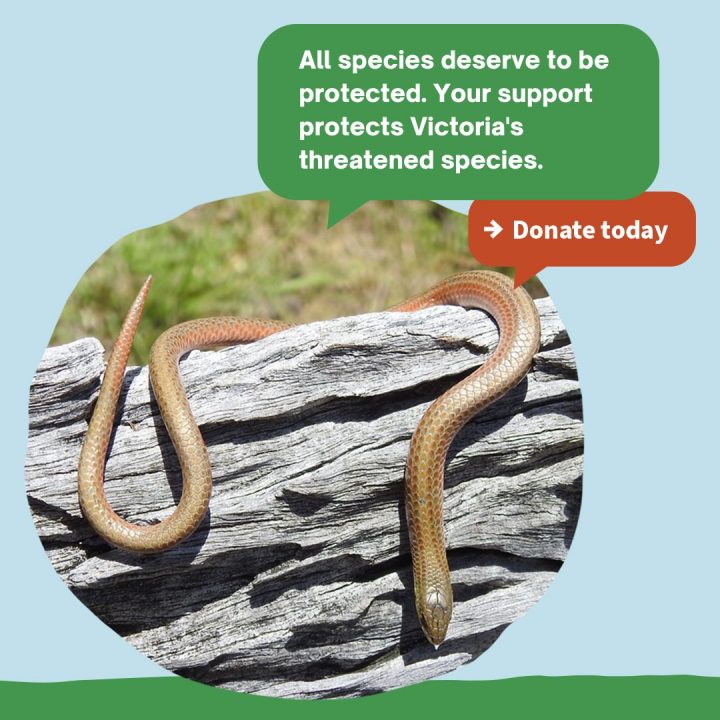
All species deserve to be protected. Let’s give some love to the underrated, unloved and misunderstood.
Victoria’s native animals come in all shapes and sizes. They live in all sorts of habitat across the state, from grasslands in the west to forests in the east.
These special places, the places our native animals call home, are under threat. What were once rolling hills of native forest or expansive grasslands have been cleared and developed. What remains is being threatened by climate change, introduced species and further land clearing. Victoria is Australia’s most cleared state.
However, remnant forests, shrub land, grasslands and all other sorts of other native habitats still do exist throughout Victoria. Your support will protect these places. It will mean the homes of our native frogs, marsupials, birds and insects will receive the protection they need, and with your help our native plants and animals will not only survive, but thrive.
Animals like koalas, possums and wombats are often are in the spotlight (and don’t get us wrong, they are adorable!), but not all of our species are cute and cuddly. We want to share with you some examples of Victoria’s, shall we say, less photogenic animals, and the challenges facing them.
Your support will protect Victoria’s threatened species. It will lead to native habitat receiving legal protection from development and clearing. It will mean that the homes of Victoria’s unique and wonderful wildlife, its plants and animals, can have a home (including those animals that are a bit slimy, scaly and less likely to feature in a tourist campaign!).
Getting to know our 'unloved' species
Brown Toadlet
Tiny, brown, warty – you’d be forgiven for stepping right over these little frogs-in-toads’-clothing. Closely related to the spectacular Corroboree Frogs, the unassuming Brown Toadlet prefers surprisingly dry habitat across north, west and central Victoria. The hide and lay eggs in damp spots, which is why it’s important to leave logs and rocks to provide shelter. When rains come the tadpoles hatch and grow where water gathers.
Amphibians have been declining worldwide due to disease, habitat loss and climate change. With 60 per cent of the endangered Brown Toadlet’s remaining habitat found on private land, we’re helping this species by supporting landholders to protect habitat forever with conservation covenants.
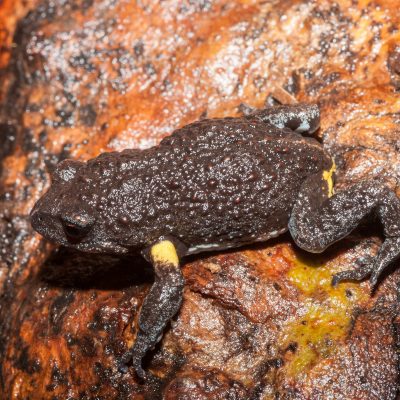
Burrowing Crayfish
The most anyone usually sees of burrowing crayfish are their muddy chimneys. At the bottom dwell the crayfish, where they feed on rotting vegetation and perhaps the occasional tiny worm. They rarely come to the surface, except on rainy nights and when the males visit the females’ burrows to mate.
Victoria is home to over 20 species of these remarkable troglodytes, five of which are endangered and confined to Gippsland where they live in waterlogged forests. Many are found in tiny areas, and 85 per cent of their habitat is found on private land. Major threats are land clearing, changing water patterns, trampling by farm animals and pollution. Our work helping landholders protect crayfish habitat also helps other freshwater wildlife such as Platypus.
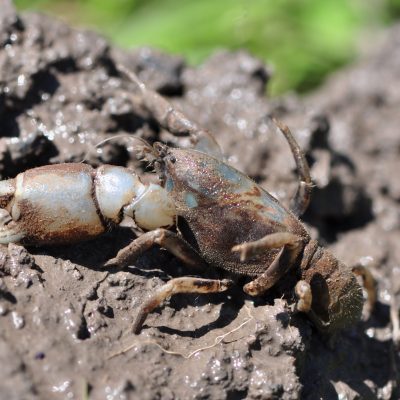
Gorae Leek Orchid
Critically endangered Gorae Leek Orchids are so named for the town where the species was first found in western Victoria – and then promptly lost when its habitat was cleared for farming. They were rediscovered on a nearby roadside in the 1980s.
These humble swamp-dwellers love habitat that is seasonally flooded, and send up their fragrant greenish-brown flowers in summer. The greatest threats to this species are habitat loss and weeds. That’s why it’s so important to protect the habitat that remains.
Only four populations are known, two of them on private land protected forever under conservation covenants through Trust for Nature. We support the landholders who are the custodians of this species with burns and weed control to maintain their habitat.
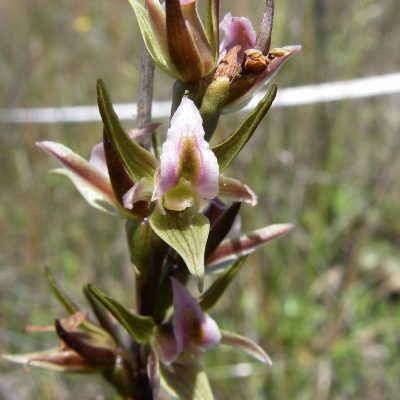
Golden Sun Moth
Unlike so many other animals, it’s the female Golden Sun-moth who has the golden wings. The males, by comparison, are pretty dull. Not that either have very long to enjoy their adult lives, living for only a week or so in early summer.
They really live up to their name: even a passing cloud has been known to send these day-flying sun-worshippers ducking for cover. Females lay their eggs at the base of grasses, and the caterpillars feed underground on the roots for several years, which protects them from passing fires.
Golden Sun-moths used to be found across Victoria’s grassy plains. Given that more than 95 per cent of this habitat has been lost to farming and development, it’s not surprising that they are now critically endangered.
We’re working hard to protect Golden Sun-moths and five other Victorian sun-moth species by working with landholders to protect and look after the habitat that is left.
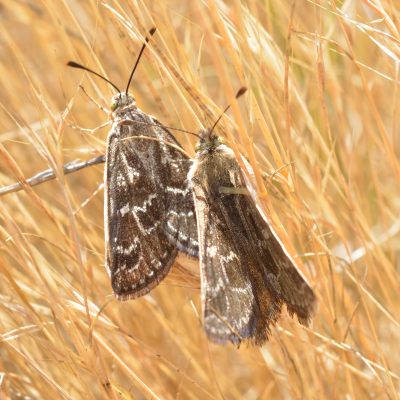
Striped Legless Lizard
The best way to tell a Striped Legless Lizard from a snake if by its ear holes and its leg flaps, which are all that it has to show from its limbed ancestors.
These endangered pencil-thin reptiles live in grassy habitat in north, west and central Victoria where they eat small invertebrates like spiders and crickets. Female lizards lay two eggs in summer, sometimes in a communal nest with others.
Like many other species, it’s the loss and degradation of Victoria’s grasslands that is responsible for their decline. Protecting their remaining habitat, more than 90 per cent of it found on private land, is essential for their survival. We’re helping landholders protect grassland and keep it healthy for legless lizards, such as by keeping rocks and logs in paddocks for lizards to shelter.
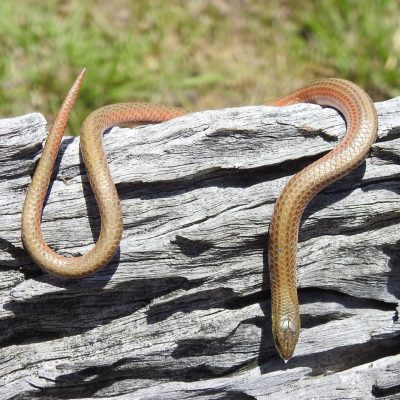
Fat-tailed Dunnart
Don’t be fooled by their mouse-like appearance, dunnarts are fierce predators. These tiny marsupials dwell throughout Victoria’s western woodlands and plains, eating small invertebrates. When times get tough they store energy as fat in their tails.
Like many small Australia marsupials, Fat-tailed Dunnarts live fast and die young. They’re also vulnerable to introduced predators like cats and foxes, and are considered near threatened in Victoria. Climate change is a looming threat to Fat-tailed Dunnarts, which need shelter from high temperatures. More than 80 per cent of their remaining habitat is found on private land. We’re working to protect and maintain habitat for Fat-tailed Dunnarts, including at our 30,000 ha reserve Neds Corner Station.
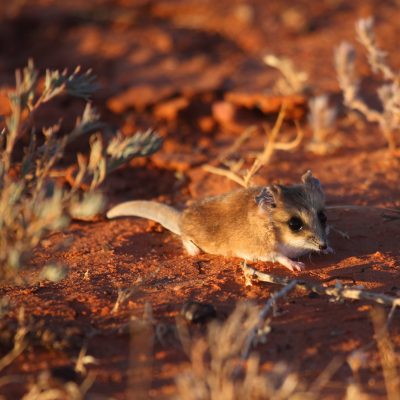
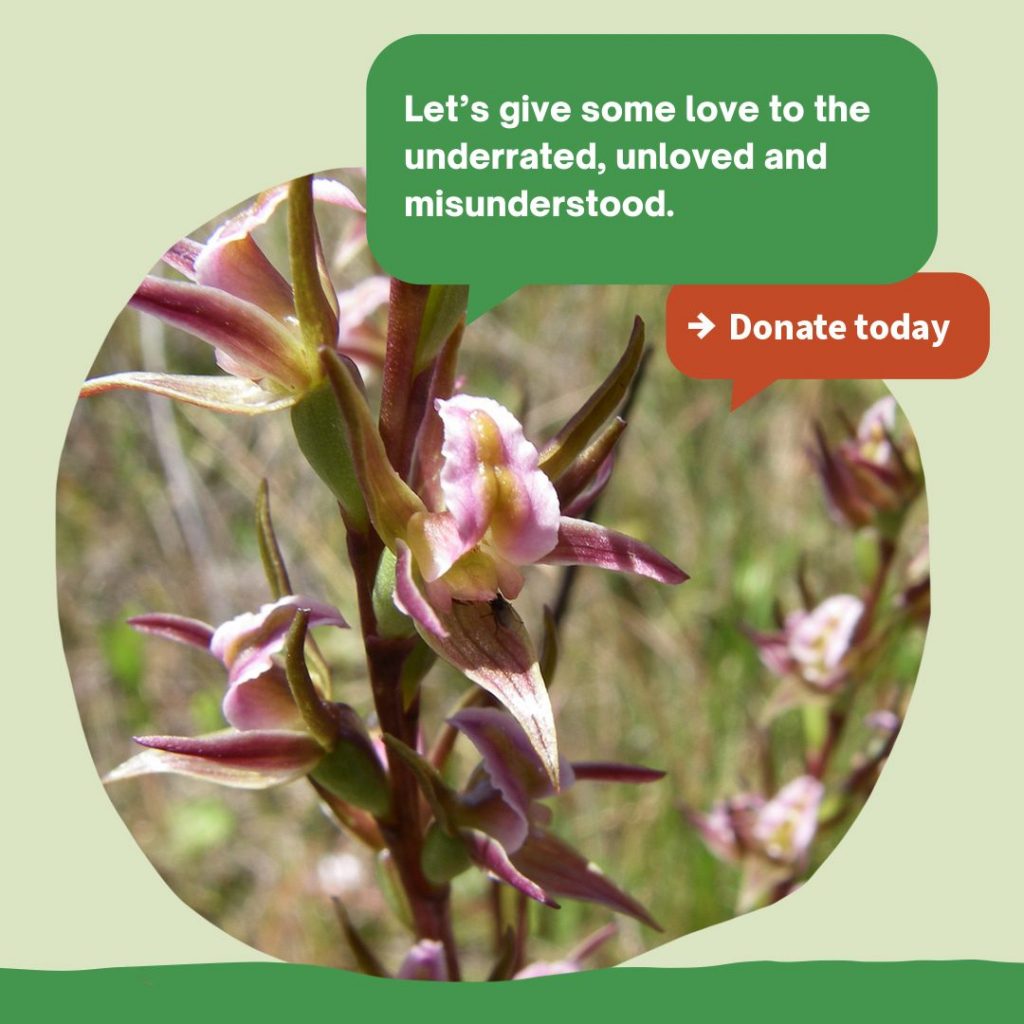
Unloved and in danger.
Trust for Nature are working across Victoria to help conserve and protect our unique wildlife. With your support the places that creatures like the burrowing crayfish, brown toadlet or golden sun moth call home receive protection.
With your support, Trust for Nature can protect more of Victoria’s threatened species. More of Victoria’s native habitats will receive legal protection from development and clearing, giving homes to Victoria’s unique and wonderful wildlife, its plants and animals, so that they can have a home.
What’s at risk if we don’t act now?
Endangered species like the extraordinary Plains-wanderer that is on the brink of extinction as you read this. This unique bird is ranked number one in Australia and fourth in the world on a list of 9,993 recognised bird species we can least afford to lose because of their evolutionary distinctness.
Sadly the Plains-wanderer is not alone in its plight. The survival of other endangered species, like the Lace Monitor, the Growling Grass Frog, five species of burrowing crayfish and the Fat-tailed Dunnart also depends on protecting private land from development.